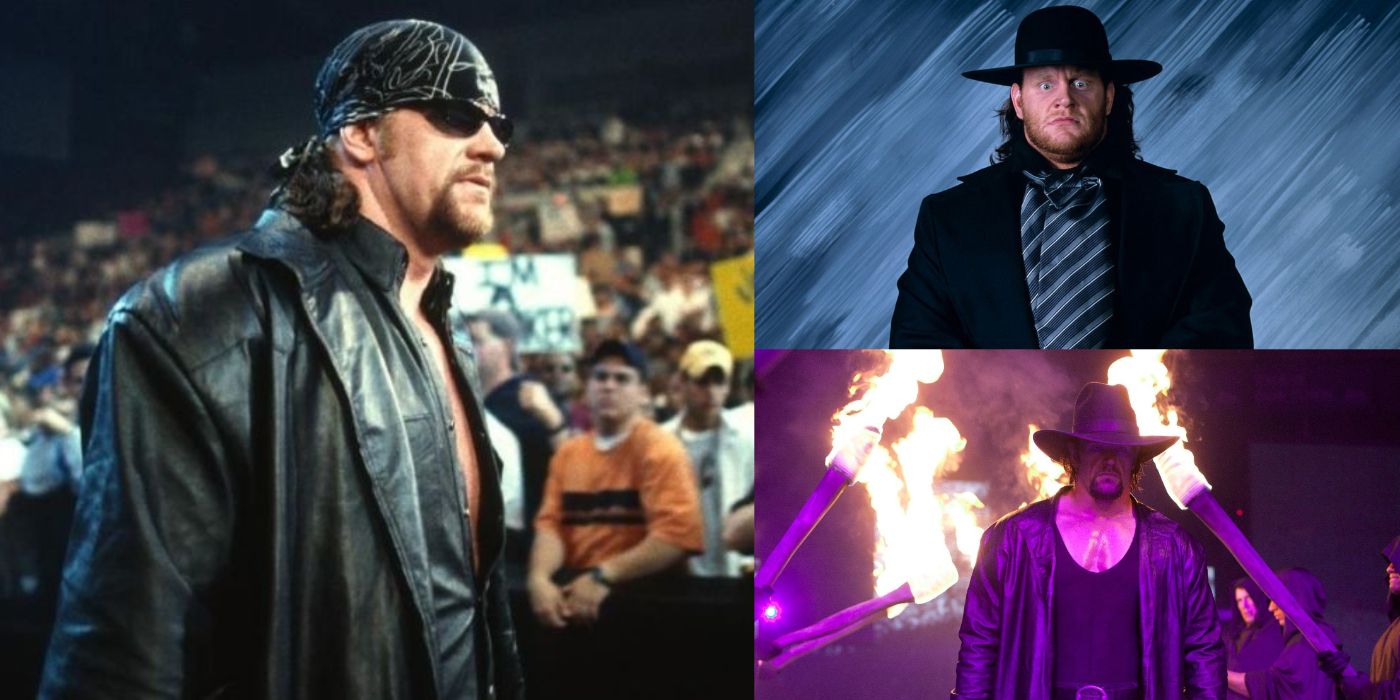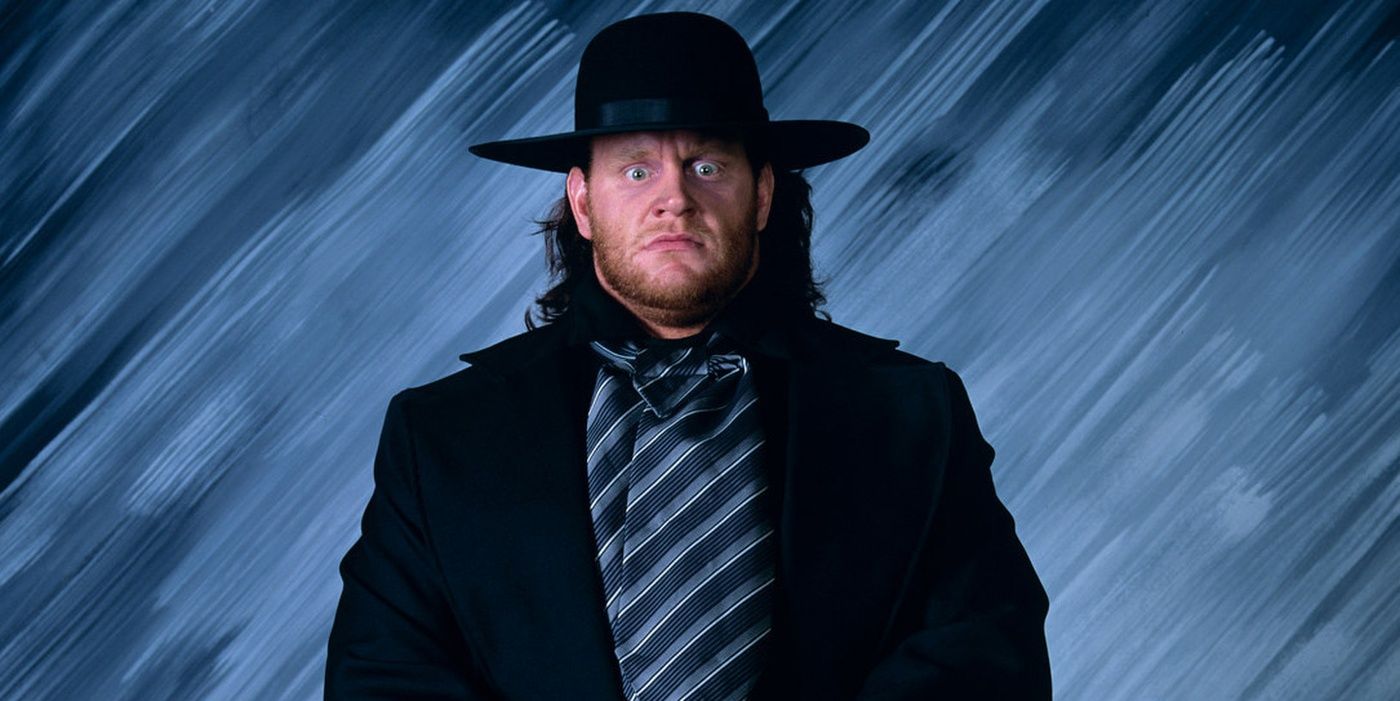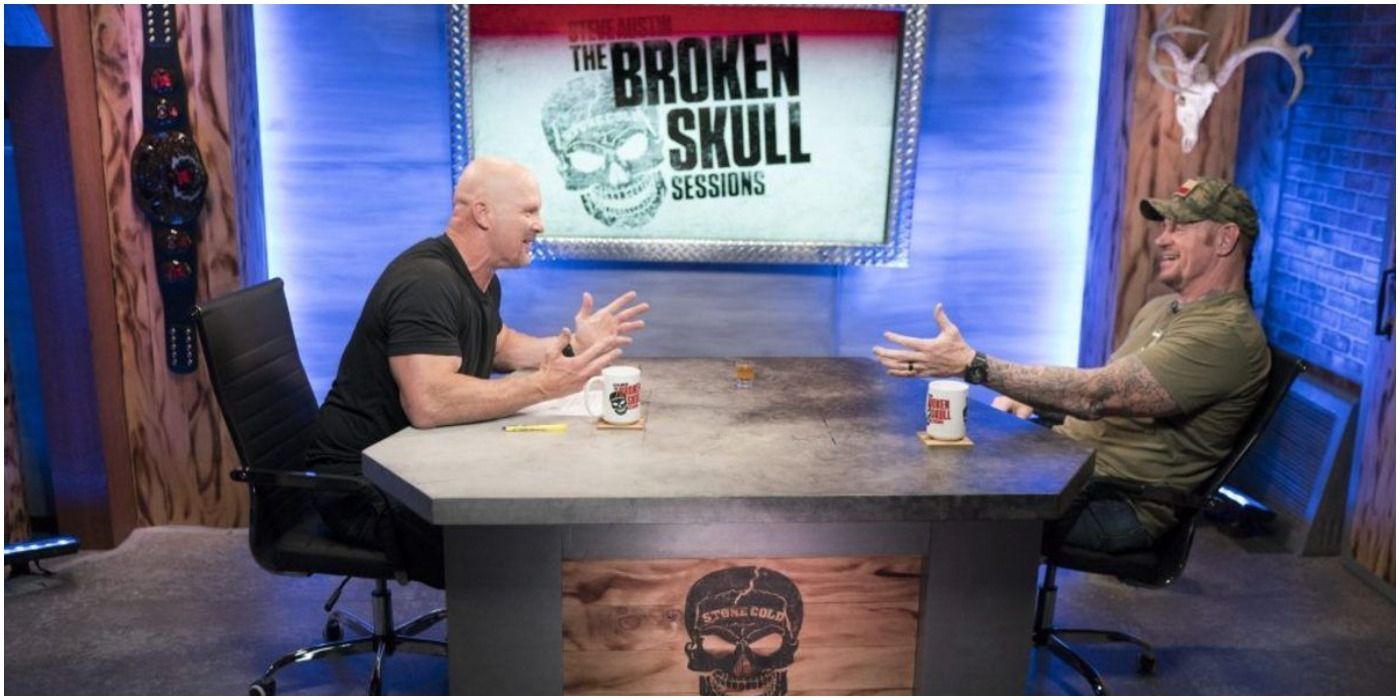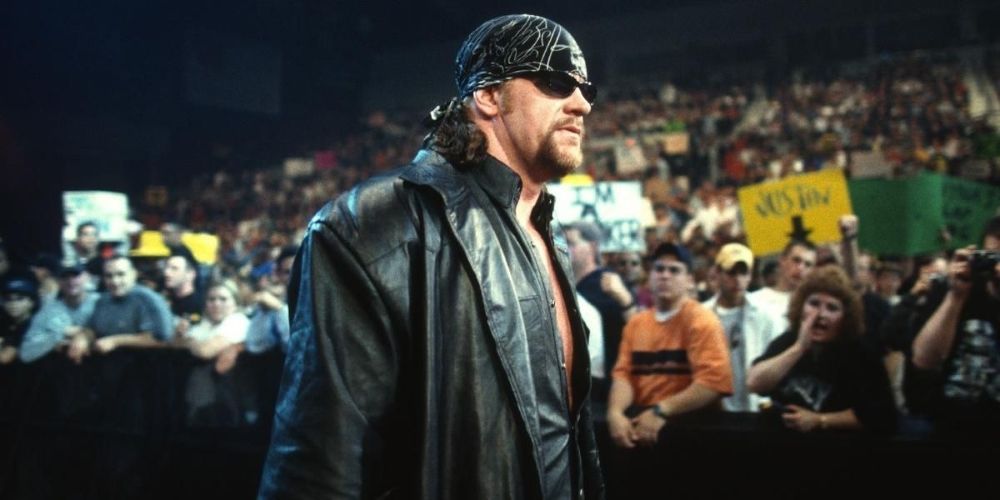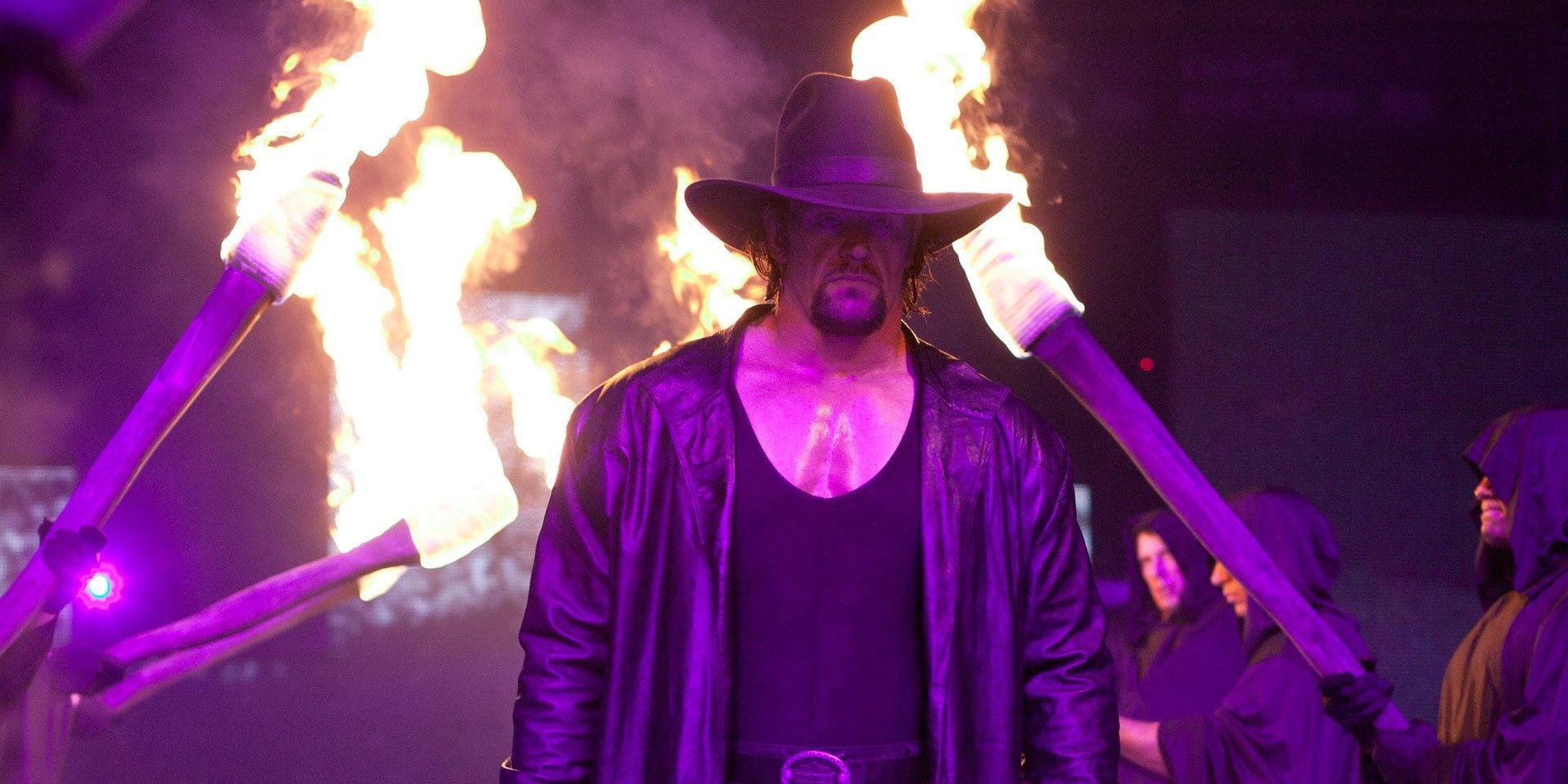The Undertaker is an undisputed icon in the world of professional wrestling. Hardly anyone commands his level of respect behind the scenes. Moreover, his longevity, world title wins, WrestleMania undefeated streak, and general aura have made him one of the most legendary figures of all time among fans.
The Attitude Era famously saw him switch gears, away from the ominous, undead gimmick that he used to great effect as a babyface and heel alike throughout the 1990s, to emerge as a motorcycle riding tough guy. It was a stark change that worked for that specific period in wrestling history, though it left a number of fans scratching their heads at why he’d done it.
The Dead Man Gimmick Was Iconic
A piece of conventional wisdom in professional wrestling—and, indeed, life more broadly—would suggest that if something isn’t broken, there’s no sense trying to fix it. There’s a case to be made that one could apply that logic to The Undertaker.
The character debuted for WWE at Survivor Series 1990, won his first world title over Hulk Hogan at Survivor Series 1991, turned babyface in 1992 and remained a fixture at or around the top of the card for the years to follow. Indeed, The Phenom did even engage in some more subtle updates as The Attitude Era took hold, taking on a darker edge as he led The Ministry of Darkness. That version of The Undertaker had exploits that included trying to embalm Stone Cold Steve Austin and kidnapping Stephanie McMahon and remained alternately one of the most popular or hated, but either way most talked-about stars on the roster.
The Undertaker Saw A Need To Update For His Character To Work In The Attitude Era
In a visit to Steve Austin’s WWE Network interview show, The Broken Skull Sessions (h/t Essentially Sports), The Undertaker lent insight into why he felt the need to switch gears from his legendary Dead Man gimmick. “If I started feeling stale, my audience is probably feeling it before me,” The Phenom said. “I don’t think I would’ve made it through … the character, I don’t think would’ve lasted through The Attitude Era.”
Between how long the undead gimmick had run already and the more realistic style of characters in that era, ushering out the more cartoonish gimmicks of the earlier 1990s, it makes sense that The Undertaker would start to feel like his old character was out of place. The biker gimmick showed a different side of the big man and allowed him to cut loose on the mic more in the years to follow.
The Biker Character Tapped Into The Undertaker’s Real Life Personality
Plenty of successful figures of wrestling have maintained the principle that the best wrestling gimmicks are a performer’s real personality with the volume turned up. So it was that The American Badass reflected a number of dimensions of Mark Callaway, the man beneath the Undertaker persona. He liked to ride motorcycles, and he was perceived as a tough guy behind the scenes, not to mention being a patriot.
All these factors converged to make The Undertaker right at home in his updated gimmick. This period also invited his then-wife Sara to become a part of his act, not to mention allowing him to switch gears and playing a bully heel character in the Big Evil spin on this persona.
The Undertaker Wound Up Returning To The Phenom Persona
The American Badass chapter of The Undertaker’s career culminated in him working a Buried Alive Match with Vince McMahon at Survivor Series 2003. The unlikely occurred when McMahon actually went over, thanks to a big assist from Kane. The Undertaker wasn’t seen for months to follow.
Finally, The Undertaker did return for WrestleMania 20. In doing so, he dropped the biker gimmick in favor being led to the ring by torch-bearing druids. While the next iteration of The Undertaker had still dropped some of the old school elements of his original WWE gimmick, he nonetheless looked closer to the Phenom than the Biker and thrived in a hybrid version of himself that skewed more toward the supernatural for the rest of his career.
The biker version of The Undertaker remains polarizing to this day, with some critics claiming it was a flop, while others look back on it as their all-time favorite run for the legendary performer. Regardless of how individual fans feel, it was an important departure and, in hindsight, it’s difficult to imagine him never adding this unique dimension to the character for that period of years.

